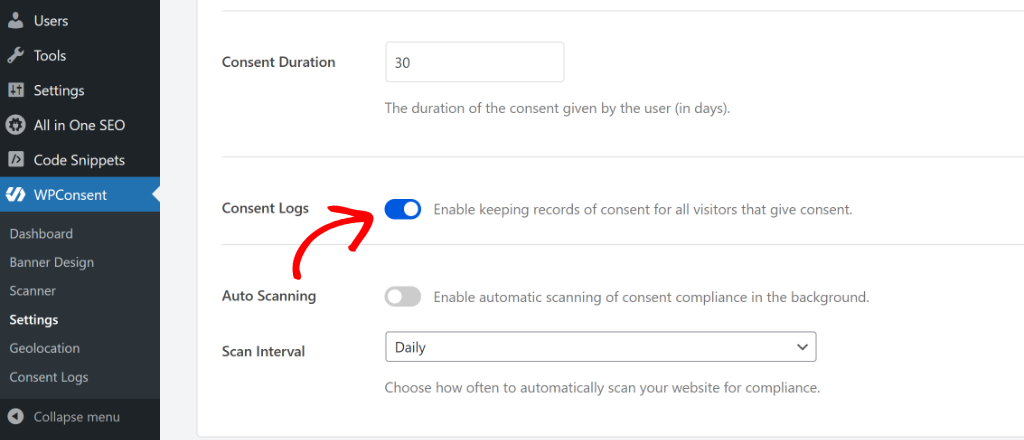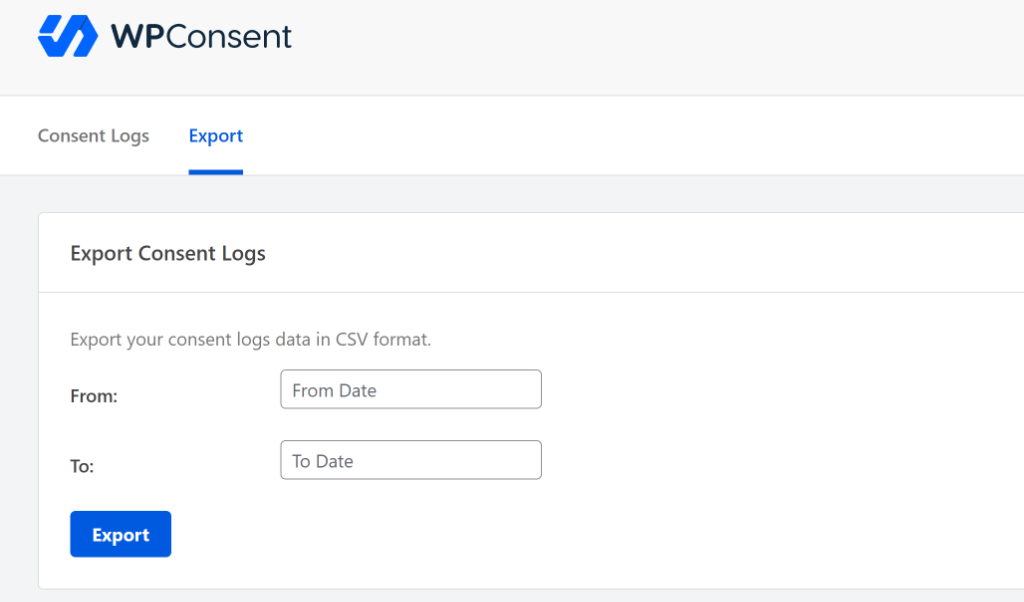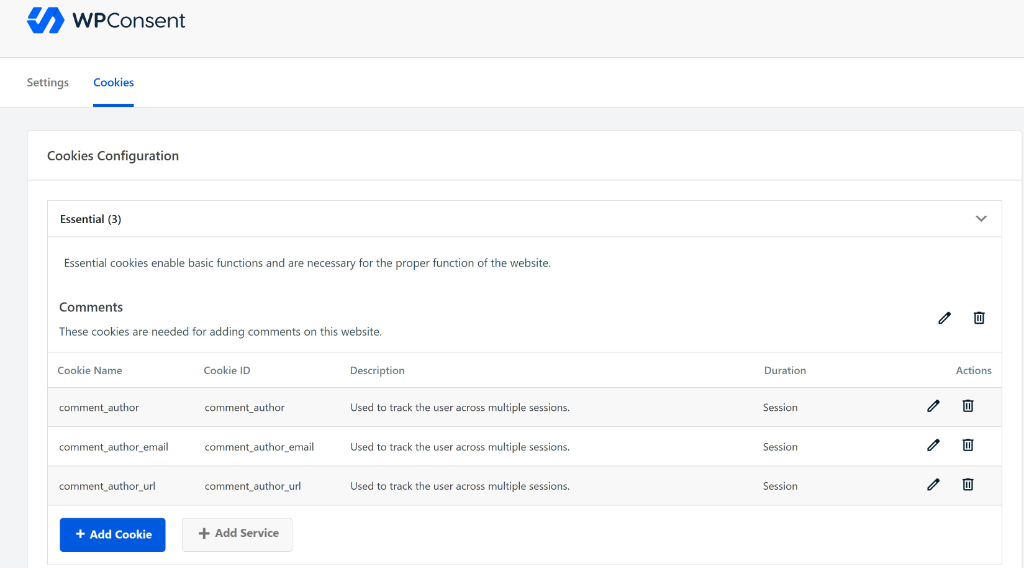When managing cookie consent data for a website, you often start with adding a popup to request users’ consent for cookie usage. This step is critical because of regulations like GDPR and CCPA are making cookie consent a must-have.
However, managing cookie data efficiently in WordPress comes with its challenges and may often require the expertise of a developer. This was something I learned from firsthand experience.
You would have to analyze various third-party scripts to understand which ones were setting cookies. Then configure a cookie consent banner and manually manage all the cookies in WordPress. This is a time-consuming process and can be complicated for beginners.
In this article, I’ll walk you through how to manage cookie consent data in WordPress using a very simple method.
Why is Cookie Consent Crucial for Your WordPress Website?
Cookies are tiny little text files that websites place on your visitors’ browsers. These files help websites remember things about your visitors and their visit. For example, cookies can be used to remember login information, save items in a shopping cart, track website traffic, and show personalized ads.
Some cookies are essential for a website to function properly – like those that remember your login. Others are non-essential, like those used for analytics or advertising. It’s these non-essential cookies that are at the heart of cookie consent regulations.
Now that you understand why you need cookie consent, the story doesn’t end when a visitor clicks Accept or Reject in the cookie consent banner. Managing the data related to that consent within WordPress is just as crucial, and it comes with its own set of challenges.
Laws like the General Data Protection Regulation (GDPR) in the European Union, the California Consumer Privacy Act (CCPA) in the US, and similar laws around the world, require websites to get user consent before setting non-essential cookies. Ignoring these regulations can lead to hefty fines and legal actions.
These laws also give users control over their data, holding website owners accountable for how they manage it. This means you need to not only get consent but also properly record, store, and potentially retrieve that consent information.
That said, let’s see how to manage cookie consent data in WordPress.
Managing Cookie Consent Logs in WordPress
The easiest way to manage cookie consent data on your site is by using WPConsent. It is the best cookie management plugin for WordPress that offers powerful features and making it effortless to see consent logs inside the WordPress dashboard.
With WPCode, you can also automatically block third-party scripts from adding cookies without consent, 1-click cookie policy configuration, pre-built cookie consent banner templates, and more.
First, you’ll need to install and activate the WPConsent plugin. If you need help, then please see this guide on how to install a WordPress plugin.
Note: You’ll need the WPConsent Pro version to view consent logs and manage cookie data. The Pro version also offers automatic detection for Cloudflare, WooCommerce and WPForms, modal banner template, and more features. That said, there is also a WPConsent Lite version available for free.
Once the plugin is active on your site, you’ll see the WPConsent setup wizard. Go ahead and click the ‘Let’s Get Started’ button and follow the onscreen instructions.

Next, you can head to WPConsent » Settings from the WordPress admin panel.
After that, scroll down and ensure that the ‘Consent Logs’ option is enabled.

From here, you can simply go to WPConsent » Consent Logs page in WordPress dashboard.
Here, you’ll see all the cookie consent data from your visitors. It will show the IP address, which cookies were accepted and declined, and the date.

You can also search for a specific user by searching their IP address.
Besides that, WPConsent also lets you export consent records. To do that, simply switch to the ‘Export’ tab.

From here, you can select the date range and simply click the Export button.
You can then save the CSV file on your computer to manage cookie consent data.
Bonus: Manage Cookie Configuration Data in WordPress
With WPConsent, you can also view and manage the details of configured cookies. These are the cookies that are used on your site.
To view cookies, you can head to WPConsent » Settings from the WordPress admin panel and then switch to the ‘Cookies’ tab.

Here, you will see all the cookies that are added to your site. They will be categorized under Essential, Statistics, and Marketing cookies.
You can edit their name, change their category, add a description, and adjust the duration. There is also an option to delete the cookie.
I hope this article helped you learn how to manage cookie consent data in WordPress. You may also want to see our guide on how to block third party cookies in WordPress.
If you liked this article, then please follow us on X (formerly known as Twitter). You can also leave a comment below if you need any assistance.


